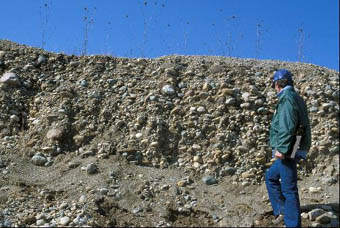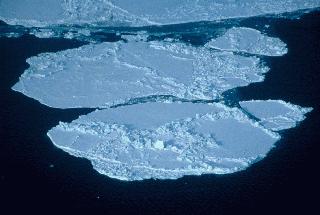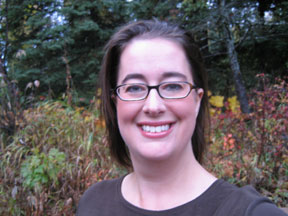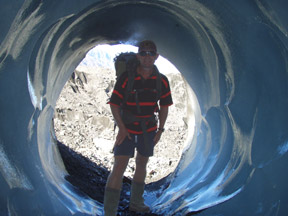Bob Williams on the Tasman Glacier in Mount Cook National Park in his homeland of New Zealand.
Click on image for full size
Image courtesy of Bob Williams.
Robert (Bob) Williams
I'm a New Zealand teacher. I teach geography to high school students before some of them go on to university. We try to teach as much geology and earth science as we can, and we go on lots of field trips. My favourite is a three day trip we make to the active volcanoes in the centre of New Zealand's North Island.
This year I've been very lucky to accompany New Zealand climate researchers on their field trips to the South Island's glaciers. Some of these glaciers are getting bigger and some are melting away, so scientists are putting a lot of thought into why they are not all doing the same thing.
When I'm not teaching I coach rugby. This game is every New Zealander's passion. It's like American football but the game is non-stop and the players don't wear body armour.
I'm really looking forward to going to Antarctica as part of the ANDRILL team, and hope to be able to describe to you soon some of the amazing engineering that goes into getting a sediment core from under a frozen sea.
You might also be interested in:

Climate in your place on the globe is called regional climate. It is the average weather pattern in a place over more than thirty years, including the variations in seasons. To describe the regional climate
...more
For a glacier to develop, the amount of snow that falls must be more than the amount of snow that melts each year. This means that glaciers are only found in places where a large amount of snow falls each
...more
The world's surface air temperature increased an average of 0.6° Celsius (1.1°F) during the last century according to the Intergovernmental Panel on Climate Change (IPCC). This may not sound like very
...more
Antarctica is unique. It is the coldest, windiest, and driest continent on Earth. The land is barren and mostly covered with a thick sheet of ice. Antarctica is almost entirely south of the Antarctic Circle
...more
When water or wind loses energy and slows down, sediment can no longer be carried in it. The particles of sediment fall through the water or air and form a blanket of sediment on the bottom of a river,
...more
Sea ice is frozen seawater. It can be several meters thick and it moves over time. Although the salts in the seawater do not freeze, pockets of concentrated salty water become trapped in the sea ice when
...more
This is my 10th year with the Anchorage School District as a science teacher, currently working with K-12 teachers around the district rather than in a classroom. My most recent classroom time was as a
...more















